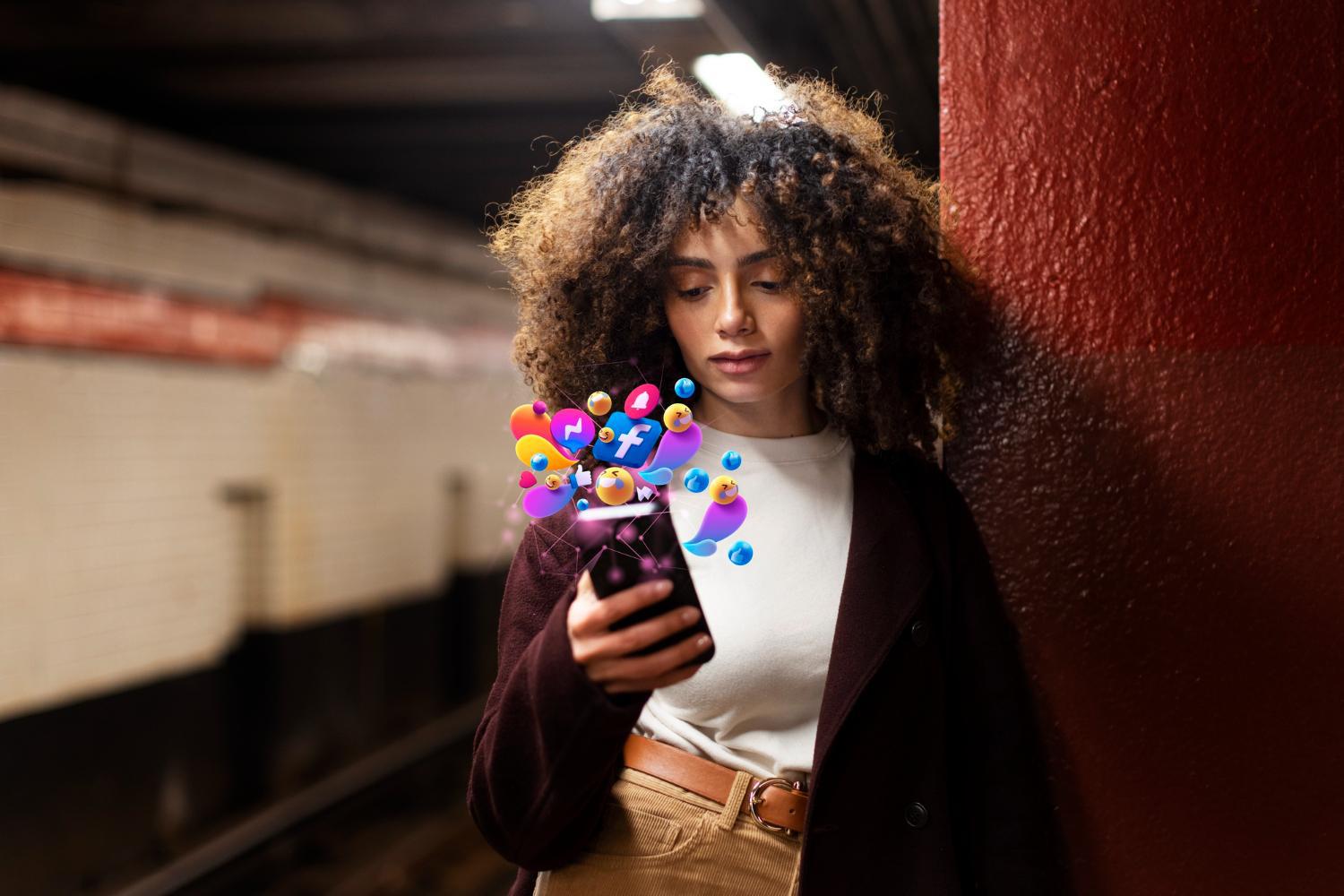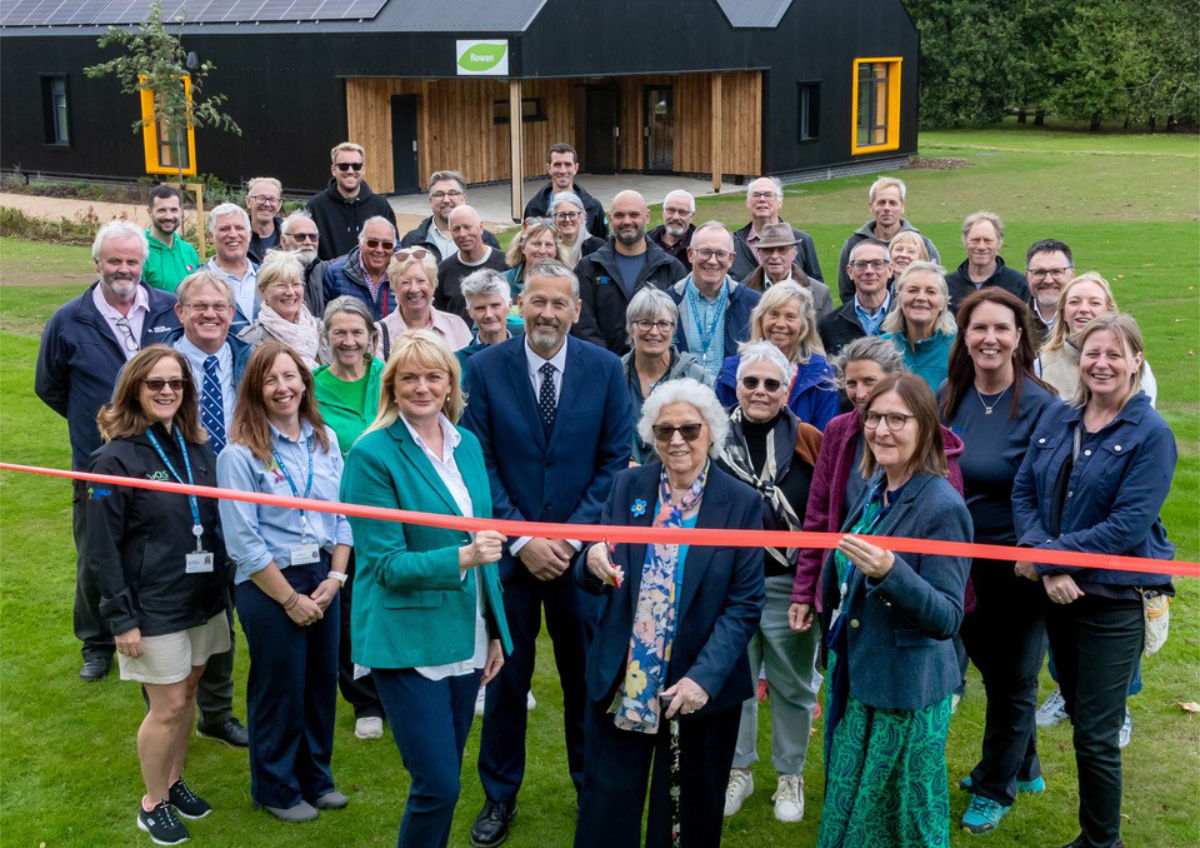Global active “user identities” have climbed to 5.31 billion, equal to 64.7 % of the world’s population; scales up 4.7 % year on year. So the social media growth marketers have witnessed since the pandemic keeps going and sets the scene for the next wave of disruption.
Below are the trends, grounded in fresh data rather than guesswork, that we believe will aid in your social media marketing efforts through the year 2025 and beyond.
The numbers behind ongoing social media growth
Daily habits tell the same story as headline user counts. Global statistics show social networks are now second only to search engines as a place where people discover brands, with 38% of consumers saying social media ads led them to a new product.
For organisations seeking measurable results, such figures confirm that investment in social media marketing is no longer optional; it is the expectation across industries.
Advertising budgets reflect the shift. Dentsu’s latest forecast still gives social media double-digit compound annual ad-spend growth of 12.8 % to 2025, even as other digital formats slow.
The upshot? Competition for useful reach is intensifying, and brands need sharper strategy and richer insights to maintain momentum.
8 current social media trends in 2025
TikTok’s Symphony suite now offers AI scripts, digital avatars, and one-click dubbing to advertisers worldwide, giving even small teams the power to iterate rapidly on new content formats.
Meta, for its part, has begun labelling ads that were “created or significantly edited” with its own gen-AI tools, signalling a broader push for transparency. The message is clear: automated production is mainstream, but trust still matters.
68% of marketers plan to put even more budget behind social advertising in 2025 with rising GenAI trends.
Short-form, snackable video con tent rules the roost. Now you can use any free video editing software, whether it’s more traditional with AI inclusions or totally AI-based, and make snippets for YouTube Shorts, TikTok, Instagram Reels, or other platforms you distribute your content on.
A Forbes-reported study shows that 67 % of 18- to 24-year-olds use Instagram search, 62 % use TikTok search, and only 61 % rely on Google when looking for local results.
When a platform doubles as a searchable knowledge engine, being trending on social media becomes as vital as ranking in organic search.
UGC creators are masters at turning discovery into action, blending authentic storytelling with real results. This means brands that team up with these creators unlock content that not only builds trust but also inspires audiences to act fast.
UGC also allows for a more diverse range of content, with creators from different backgrounds and perspectives providing fresh and unique ideas.
And there is also EGC (employee-generated content) which leverages the voices and experiences of employees to showcase the company culture, benefits, and values. This type of content is especially powerful as it comes from within the company and can create a stronger connection with potential customers.
Group-first features—WhatsApp communities, Discord servers, Facebook groups, Slack —are carving out quieter digital spaces where conversation feels more genuine.
Expect the future of influencer partnerships to pivot towards bespoke, invite-only groups in which brands play facilitator rather than broadcaster.
Authenticity is one of the most powerful ways for brands to connect meaningfully with their audiences. The wave of overly polished content isn’t that good anymore; spontaneous content is now taking the spotlight.
Showcase everyday moments that make your brand unique. The backstage processes, a quick clip of the team brainstorming, or a peek into the production.
Some brands like Duolingo have leveraged this strategy effectively. The brand uses humorous, authentic content with trending sounds on TikTok to, obviously, promote but also to relate deeper to their audience.
With deepfake technology getting more advanced and widespread as AI continues to improve, data protection and privacy have become major concerns for both individuals and businesses. Anyone can easily create manipulated videos, audio, and images that are almost impossible to distinguish from the real thing.
Take as example a phishing video of YouTube’s CEO explaining new procedures and fooled many content creators to login via link and lose their accounts. One wrong move on social media or a security breach can lead to serious consequences, such as identity theft or damaging leaks.
Livestream shopping, already generated over $680 billion billion in China, is forecast to account for 20% of global e-commerce sales within two years.
Early UK programmes on TikTok Shop and AliExpress show how real-time interactivity lifts conversion and reduces returns, turning entertainment into a revenue engine.
Almost 80% of social media users are on mobile. TikTok, with its short video format, is a prime example of this trend. As a result, more brands are creating vertical content to cater to this audience.
This mobile-first approach also applies to e-commerce, with companies now designing their sites and apps for a seamless vertical scrolling experience.
Platforms, Budgets and the Road Ahead
The latest figures underline that time-on-platform is consolidating around short video, messaging and creators who can bridge the two. Yet variances in consumption—Boomers flocking to TikTok (+60% YoY), or X’s political-season resurgence—remind us that no network is monolithic.
Strategically, brands should:
-
Map intent, not demographics. Use social listening to spot the micro-moments your audience already inhabits, then build content around those cues.
-
Blend public reach with private retention. Treat mass-feed posts as funnels into closed groups where deeper stories can unfold.
-
Invest in first-party intelligence. AI tools are only as good as the proprietary data you feed them; audit your assets before automating outputs.
-
Plan for adaptable compliance. With legislation evolving, embed transparent labelling and clear audit trails in every creative workflow.
Following this path keeps you aligned with both current social media trends and the compliance realities that govern them.
In practical terms, winning brands will pursue social media growth by baking agility into planning cycles: quarterly strategy sprints, rolling creative tests and weekly performance reviews.
The aim is not to chase every meme that is trending on social media but to interrogate which cultural signals matter to your niche, extract actionable insights, and pivot fast.
Final Thoughts
The social landscape of 2025 is neither chaotic nor unpredictable once you focus on evidence-based patterns. New opportunities arise each day, and you, as a marketer, can transform them into tomorrow’s lasting advantage.
Stay curious about what’s trending on social media in your field and treat constant iteration as the hallmark of a resilient digital strategy.









